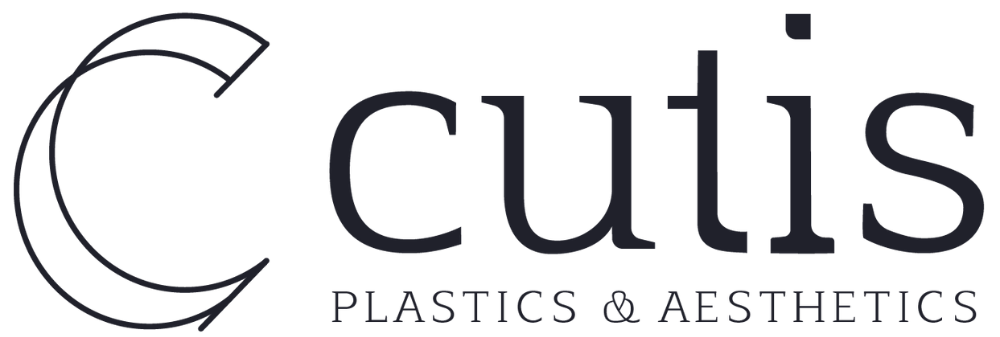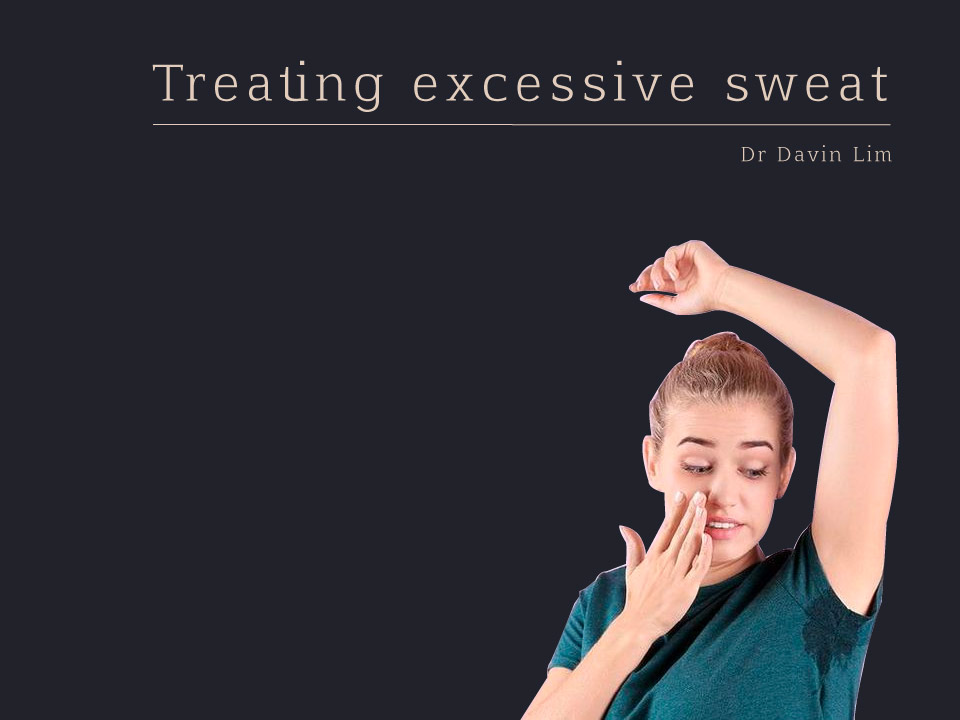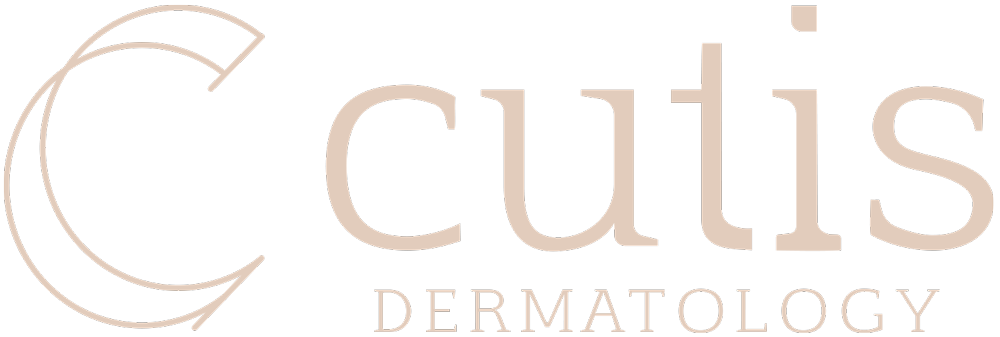Surgery of sweating involves several techniques including Endoscopic Thoracic Sympathectomy or localised surgery involved at destroying the eccrine or sweat glands located in the armpits. Localised surgery can only be performed on excessive armpit sweating and not on areas such as the hands and feet. Techniques such as liposuction, excision, radiofrequency & laser are possible. Liposuction with RF has the highest response rate, & has less side effects compared to miraDry.
Key Points
- This procedure can only be performed on the armpit areas
- Surgery can be localised; this involves destroying the sweat glands
- Surgery can also be aimed at interruption of signals which initiates sweating a procedure called ETS
- Localised destruction of sweat glands involves curettage and liposuction
- Surgical procedure can be considered for cases failing to respond to sweat stopping injections in the armpit area
Surgical procedures for underarm sweating at a glance
Our results speak for themselves
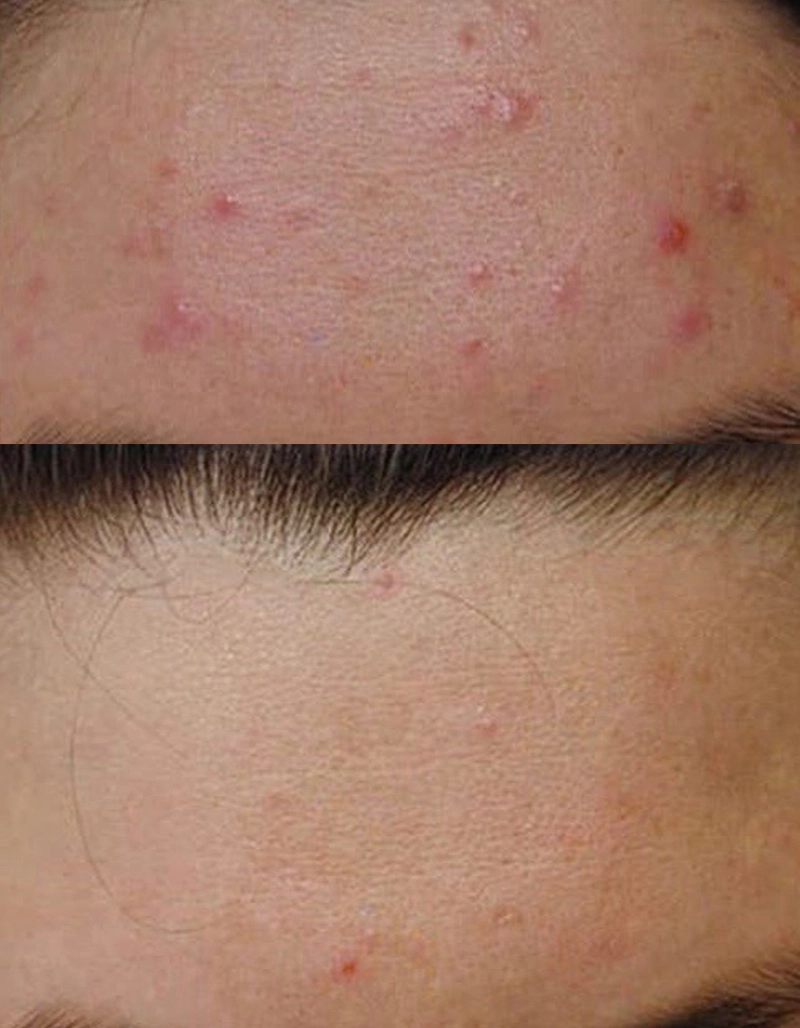
Before
After
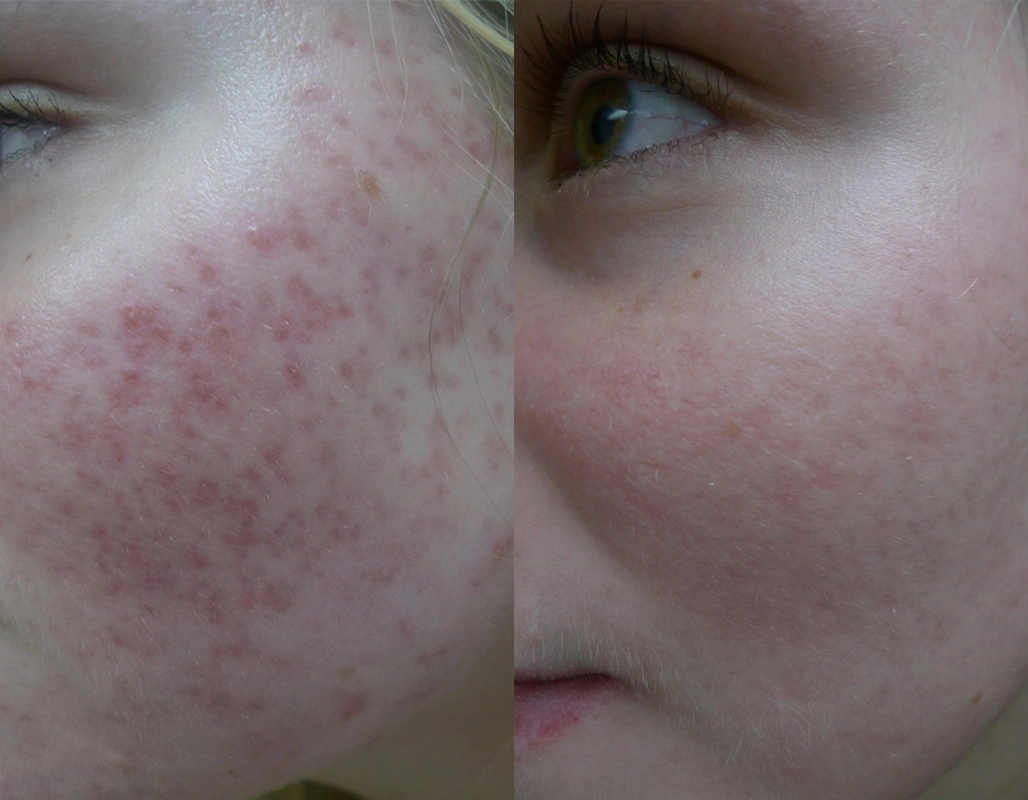
Before
After
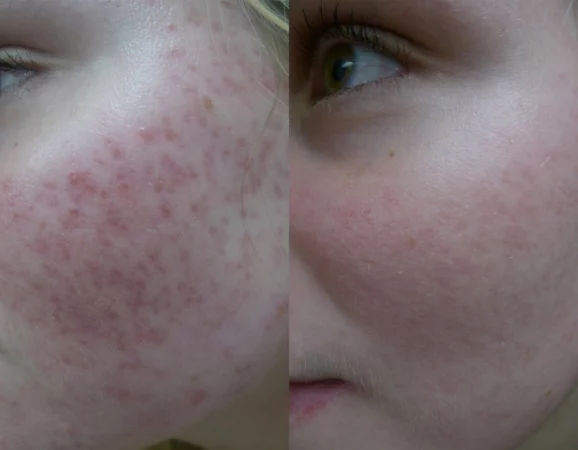
Topicals to treat acne, vascular laser therapy to reduce redness
Ask us more about this treatmant
Preferred Consultation

Before
After
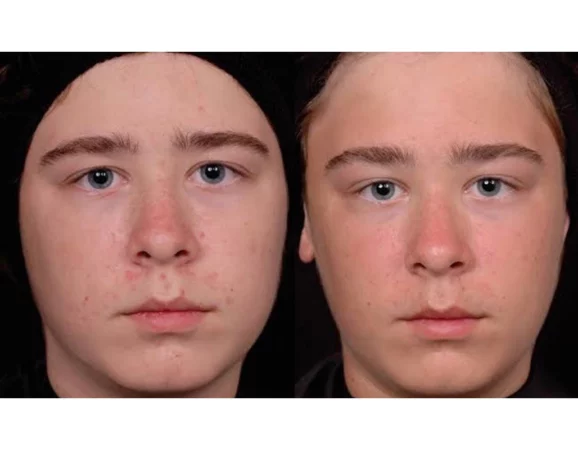
Topicals to treat acne, BHA based chemical peel to reduce blackheads & oil production
Ask us more about this treatmant
Preferred Consultation
FAQs
What is the logic behind sweat gland surgery?
Sweat gland surgery can be divided into two types.
ETS or endoscopic thoracic sympathectomy
This involves interruption of the transmission of sympathetic nerves to the sweat glands. This procedure is conducted by Vascular Surgeons.
Localised destruction of the sweat glands
This was one of the first techniques employed to reduce the number of sweat glands in an area. Techniques employed include excision of the sweaty areas, liposuction, curettage, and laser of sweat units. Localised destruction of sweat glands can only be performed in the armpit area.
What does liposuction of underarm sweat glands entail?
The logic behind liposuction involves using a suction device to remove a layer of fat under your skin. Eccrine glands, also known as sweat glands dwell in this layer. This procedure was popular in the late 1990s, and early 2000s, however in the past decade sweat gland liposuction has been replaced with sweat stopping treatments injections. In summary sweat stopping treatments has superior results, less risks and no down time compared to liposuction. Liposuction of sweat glands does have the advantage that if successful, scarring is minimal, and results are long lasting, without the need for injections twice a year.
Another technique employed to destroy sweat glands in the armpit area is called the “curettage and suction sweat gland method.” During this procedure a suction tube is used in conjunction with a curette to scrape the under surface of the armpit area, removing and sucking sweat glands from the armpit.
A newer method is to perform liposuction with RF energy. The former takes out the underarm sweat glands, the latter adds thermal destruction. This treatment is performed by our dermatologists for cases who fail to respond to anti-wrinkle injections.
What does excision of the armpit entail?
This is an outdated technique used in the 1970s and 1980s to remove sweat glands. Unfortunately, some surgeons still performed this procedure in the early 2000s. This surgical procedure for sweat glands seemed logical at the time and involved surgical removal of the armpit vault, including any underlying sweat glands. The procedure was successful in over 60% of cases, however most patients had significant contracture scarring because of this procedure.
Surgery of the armpits is not performed in this day and age and is of historical significance only.
What does laser to the axillary sweat glands entail?
Laser destruction of sweat glands is a new technique performed in the United States. This technique can be used for excessive armpit sweating and combines liposuction with erbium laser. Laser energy is used to liquefy the fat in which the eccrine or sweat glands dwell, and liposuction is used to remove the debris of sweat glands, and fat. Dermatologists at Cutis perform a similar procedure using RF energy to destroy sweat glands.
Products

O Cosmedics cleansing range
$63.00-$64.00

O Biotics 3D Hyaluronic Serum
From $97.00
Surgical procedures including excision of sweat glands have been outdated for over two decades. Non-invasive treatments such as anti-sweat injections are now considered as the Gold Standard for treating excessive underarm sweating.
How successful is surgery for excessive underarm sweating?
Remember, sweat gland surgery can either be localised to the armpit area or ETS which removes the nerves that cause sweating.
Localised sweat gland treatments have the following success rates:
- Liposuction of sweat glands: 45% success rate of sweat reduction
- Curettage and liposuction of sweat glands: Higher success than lipo alone, upto 66% sweat reduction
- Laser or RF – liposuction technique: Up to 70% reduction in sweating rates
- Excision of armpit sweat glands: NOT performed due to scarring
- Over the counter antiperspirant: 15% success rate
- Sweat stopping anti-wrinkle treatments injections: 95% success for sweat reduction
What are other ways to reduce sweat production in the underarm area?
Sweat gland surgery was the first real way of stopping excessive sweating, with localised excision of the armpit area leading the way. This technique was used in the 1970s-1990s, prior to the introduction of sweat stopping treatments. Axillary vault excision was successful, but scar contracture of the armpit was seen in a significant number of patients.
Surgery, especially ETS, can be a useful tool in the management of certain forms of sweating, especially in hyperhidrosis of the face, neck, and head associated with blushing and flushing. ETS can also be used to treat generalised sweating and sweating of the hands.
Surgery of the sweat glands involving the armpit area has been largely replaced with newer techniques, which are more effective, more cost effective, but most importantly less invasive to patients.
Sweat stopping treatments injections to the armpit area is now subsidised by Medicare. (Only if performed by Specialist Dermatologist, trained in this procedure.)
Iontophoresis involves using an electric current to block the sweat glands with minerals. This technique is most frequently used on the hands and feet, however special pads can be adapted for use in the armpit area.
What are the pros & cons of surgery for underarm sweating?
The main advantage of localised surgery, such as liposuction of the eccrine units, is that when the sweat glands are successfully destroyed or removed, the result is permanent. Sweat glands do not regenerate over time. Factors such as compensatory sweating elsewhere is extremely rare following localised removal of sweat glands.
ETS involves thoracic surgery, and should be reserved for generalised sweating, sweaty hands or excessive sweating and blushing of the face/head/ neck. This procedure can be very successful.
Disadvantages of surgery include the risks of surgery and the longer recovery time associated with the procedure. For more detailed information, your surgeon will discuss the pros and cons of each procedure.
Dermatologist’ viewpoint on surgery for underarm sweating
Surgery for sweat glands pioneered sweat reduction in the 1970s, initial techniques were primitive, but in a way effective. This involved excision of the sweat gland areas of the armpit, but the downside was the high incidence of scarring.
This technique was largely replaced by liposuction of the armpit area, followed by laser-lipo technique pioneered in the United States. With laser-lipo, success rates in the order of 75% can be expected. A similar figure is seen with RF liposuction techniques.
Lipo & RF carries less risks compared to miraDry treatments
